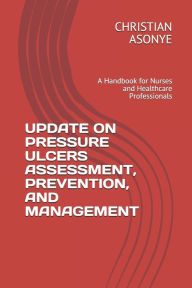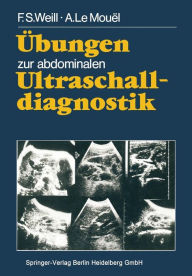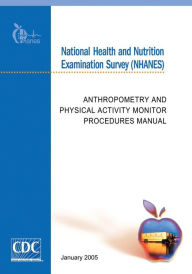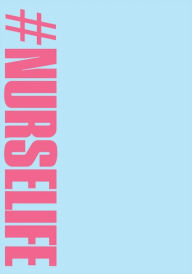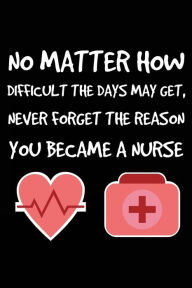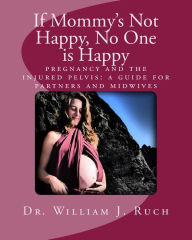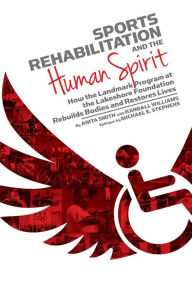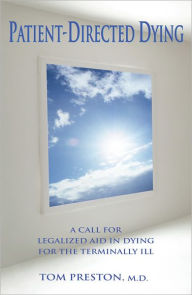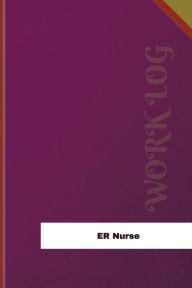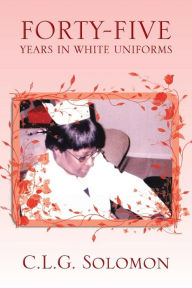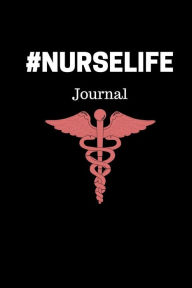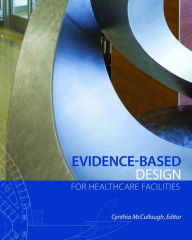UPDATE ON PRESSURE ULCERS ASSESSMENT, PREVENTION, AND MANAGEMENT: A Handbook for Nurses and Healthcare Professionals
by CHRISTIAN ASONYE
2020-05-30 16:45:30
UPDATE ON PRESSURE ULCERS ASSESSMENT, PREVENTION, AND MANAGEMENT: A Handbook for Nurses and Healthcare Professionals
by CHRISTIAN ASONYE
2020-05-30 16:45:30
Pressure ulcer constitutes an important cause of patients' morbidity and mortality and leads to significant socioeconomic issues. Pressure ulcer (also known as a pressure injury, decubitus ulcer, pressure sore, bedsore) is defined as a localized inju...
Read more
Pressure ulcer constitutes an important cause of patients' morbidity and mortality and leads to significant socioeconomic issues. Pressure ulcer (also known as a pressure injury, decubitus ulcer, pressure sore, bedsore) is defined as a localized injury to the skin and underlying tissue usually over a bony prominence, as a result of pressure or pressure in combination with shear (EPUAP, 2014). Historically, pressure ulcer occurrence was recorded as far back as the 17th century BC in the oldest known medical document, the Edwin Smith Papyrus. The prevention of pressure ulcers constitutes an attribute of quality of care. Although the prevention of pressure ulcers is a multidisciplinary responsibility, nurses play a significant role. Because nurses' are closest to the patients than any other healthcare provider; thus, pressure ulcer development is regarded as a significant nurse-sensitive outcome. Also according to Florence Nightingale, in one of her famous books titled Notes on Nursing: What It Is and Is Not, enunciated that If a patient is cold, if a patient is feverish, if a patient is faint, if he is sick after taking food, if he has a bed-sore, it is generally the fault not of the disease, but of the nursing (Taylor, 1994). Therefore it becomes imperative for a nurse to be updated about the preventive programs and management of pressure ulcers. This handbook discusses the etiology and risk factors of pressure ulcers, the latest classification of pressure ulcers, common risk assessment tools, skin assessment technique, and latest trends in the prevention and management of pressure ulcers.
Less


